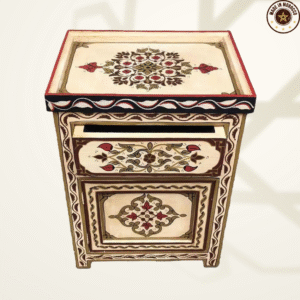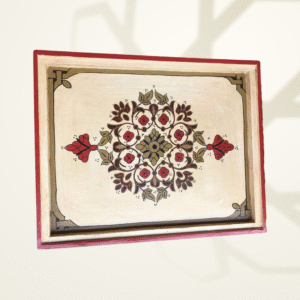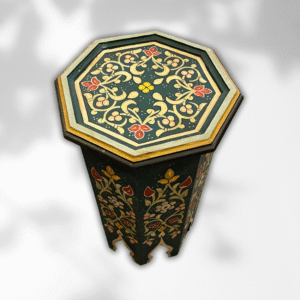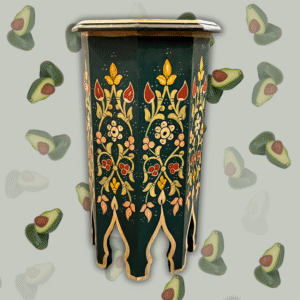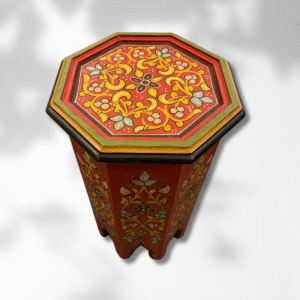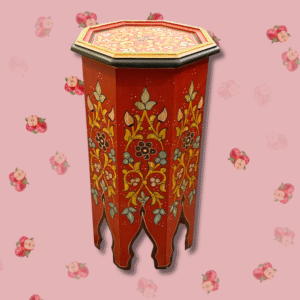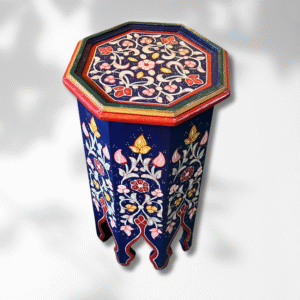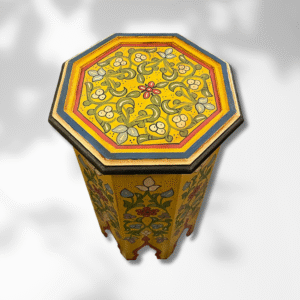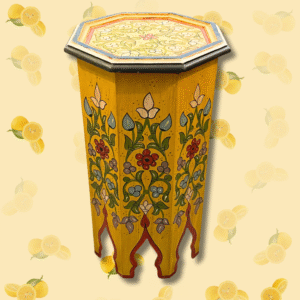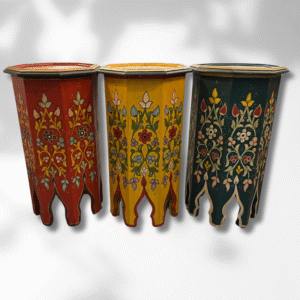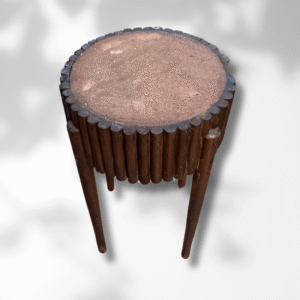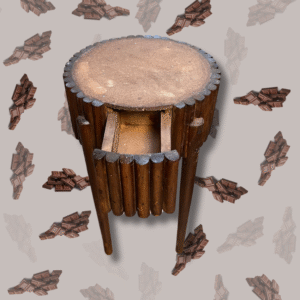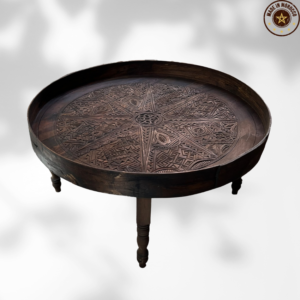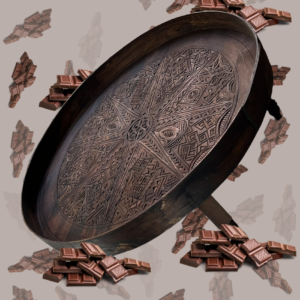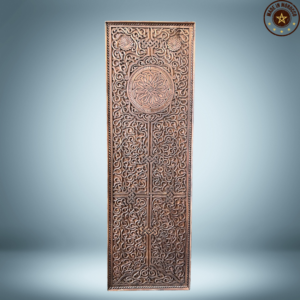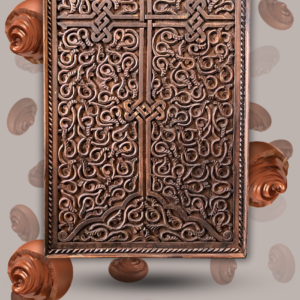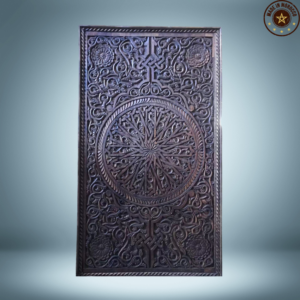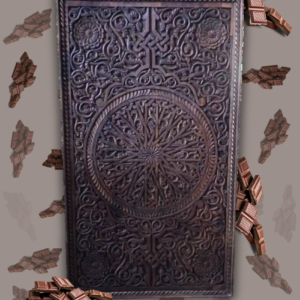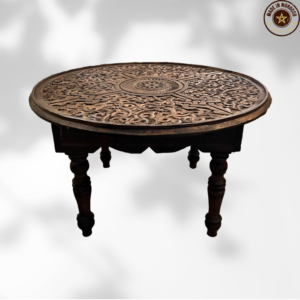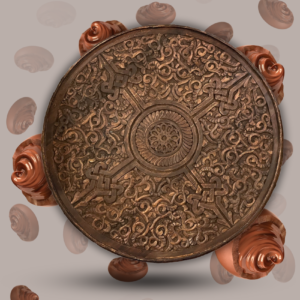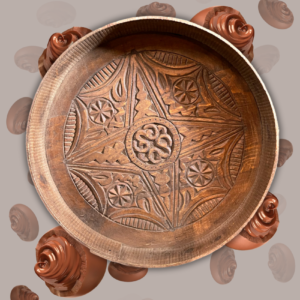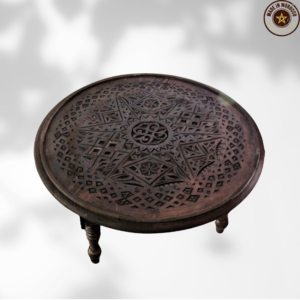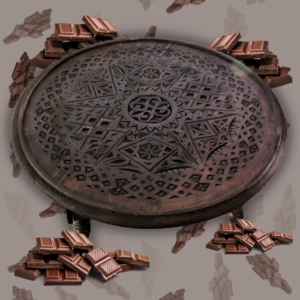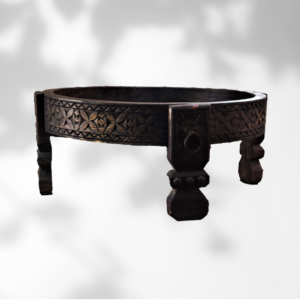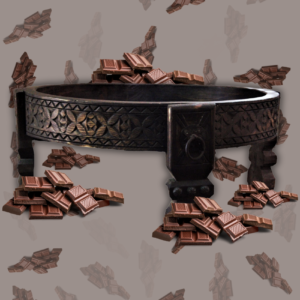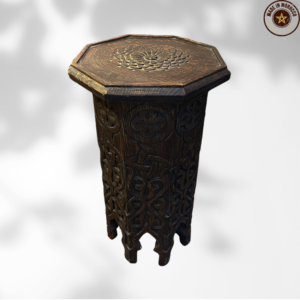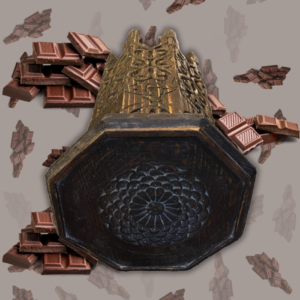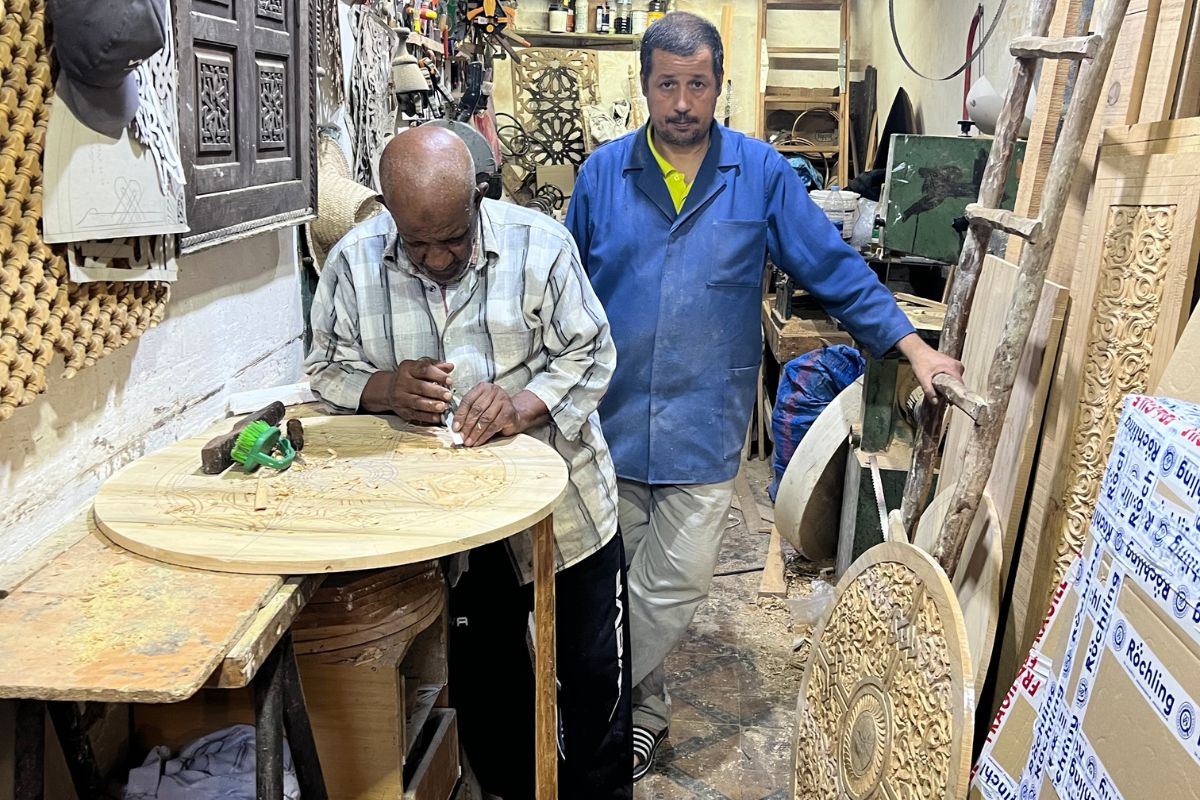How to Paint Wood Furniture: A Step-by-Step Guide for Stunning Results

Introduction to Painting Wood Furniture
Painting wood furniture is an excellent DIY option for those looking to enhance the aesthetic appeal of their living spaces while also embracing their creativity. From vibrant hues to subtle pastels, the world of painted furniture offers endless possibilities for personal expression. Not only can painting breathe new life into tired and worn pieces, but it can also serve as a cost-effective alternative to purchasing new furniture. Many people find satisfaction in revitalizing old items, transforming them into stunning focal points that complement their home decor.
One of the main advantages of painting timber furniture is the ease with which one can achieve a fresh look. Beyond merely changing colors, the application of paint can also highlight intricate details, textures, and architectural features of the furniture. The use of chalk paint in particular has gained popularity due to its unique matte finish and ease of use, making it perfect for beginners. Whether it’s a classic farmhouse style or a trendy modern design, painted furniture can adapt to any aesthetic.
Moreover, the process of painting Moroccan furniture provides an opportunity to incorporate cultural elements and personal flair. The intricate patterns of painted Moroccan furniture can be recreated at home, adding a touch of exoticism to one’s surroundings. By learning how to paint wood furniture, individuals not only save money but also gain valuable skills that can be applied to various projects in the future.
In conclusion, painting wood furniture is a fulfilling endeavor that allows individuals to express their creativity while giving their pieces a new lease on life. Armed with the right tools and techniques, anyone can embark on this rewarding journey and enjoy the transformative effects of painted furniture in their home.
Why Choose to Paint Wood Furniture?

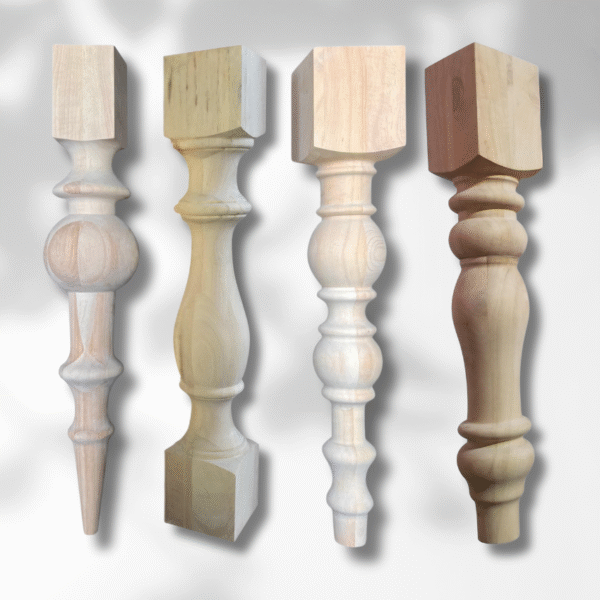
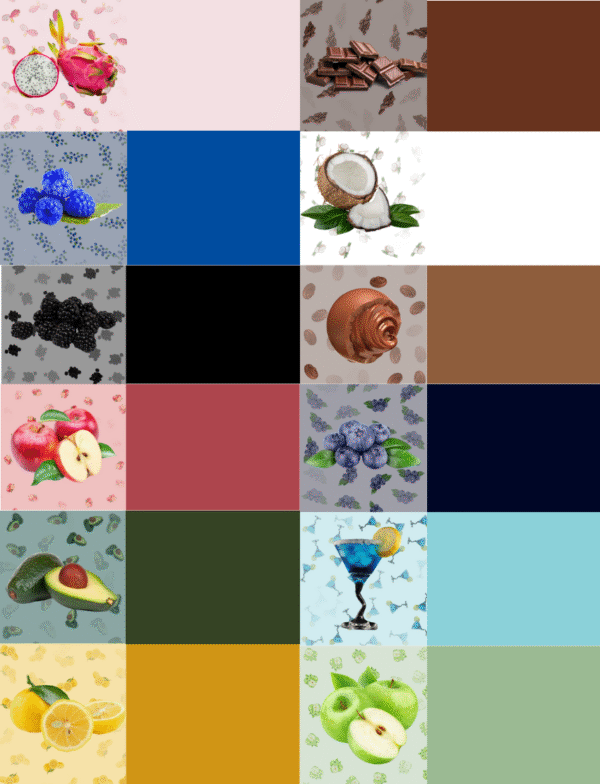
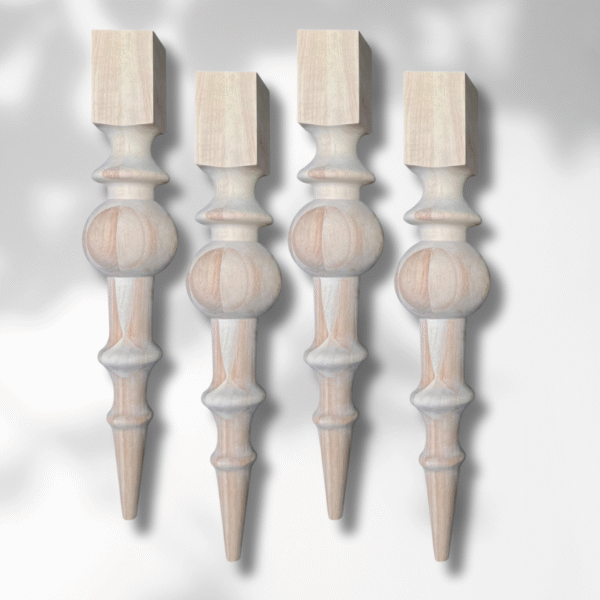
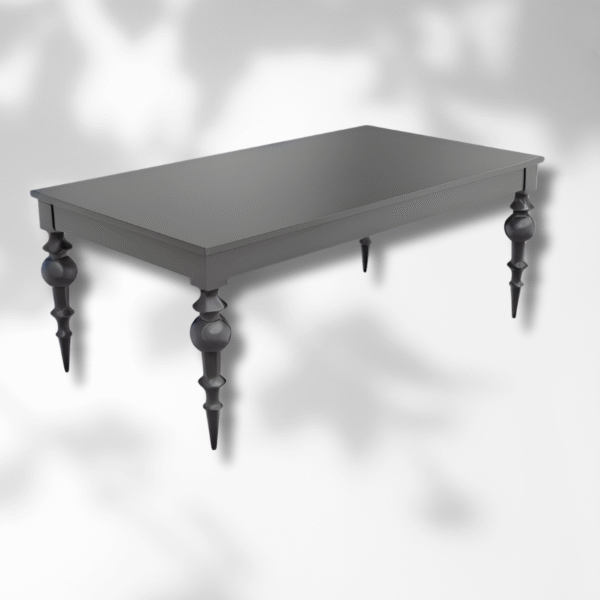

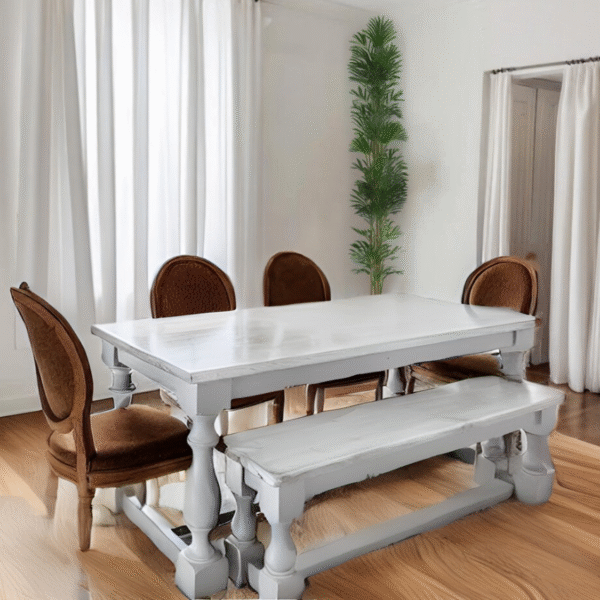
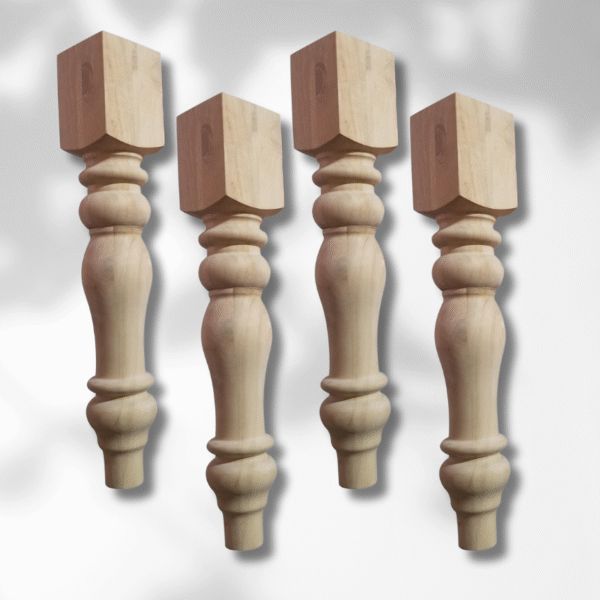
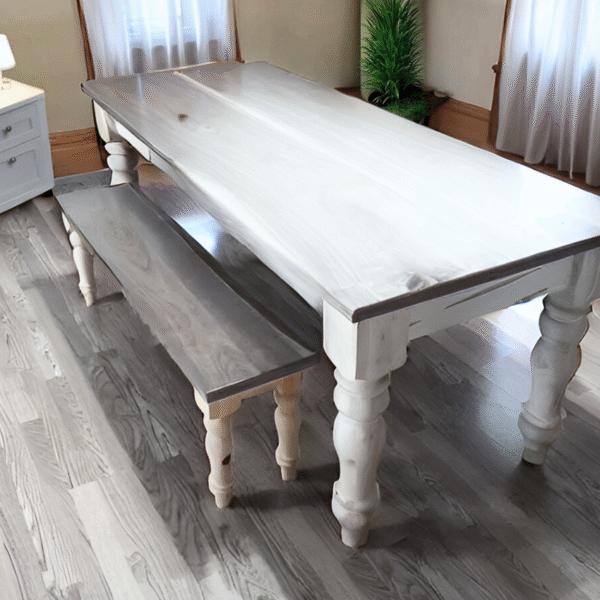
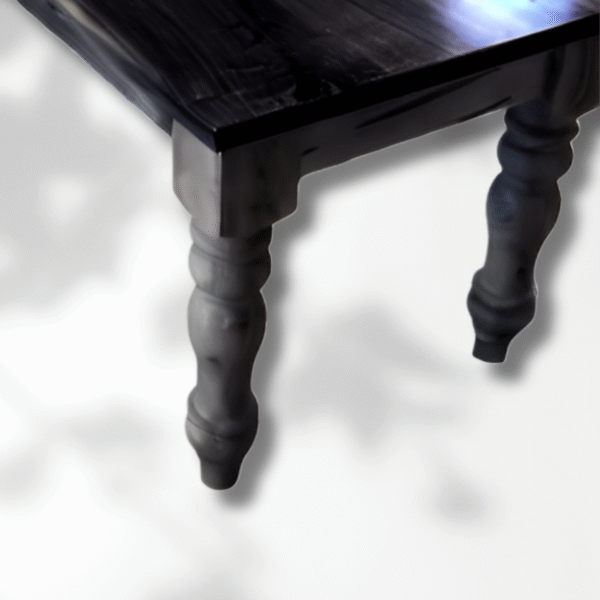
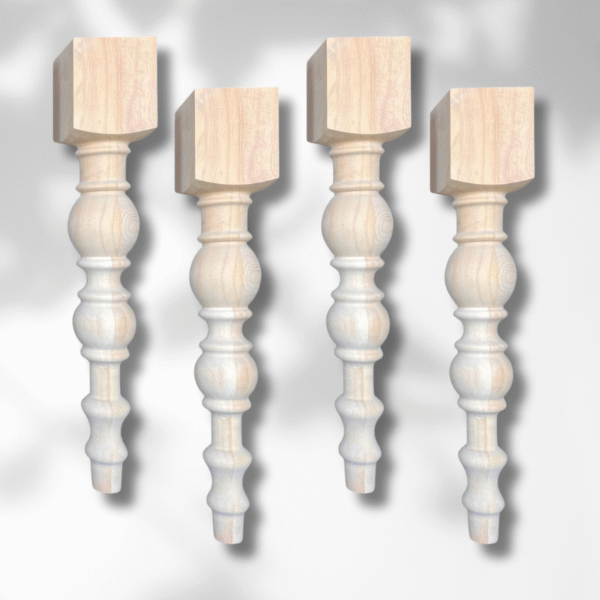
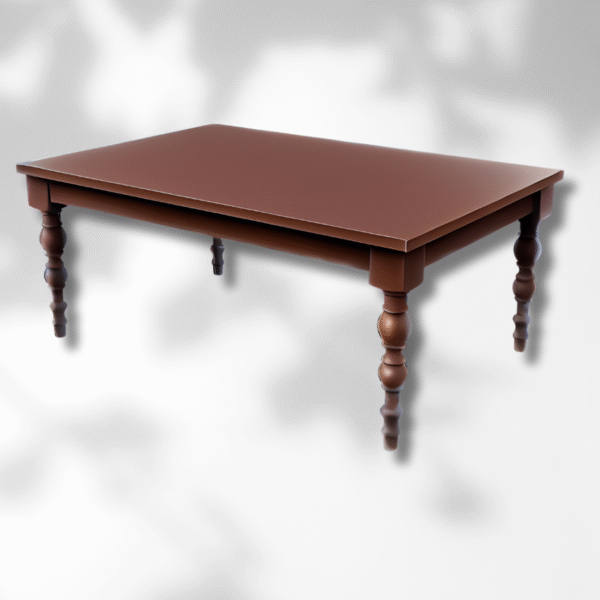
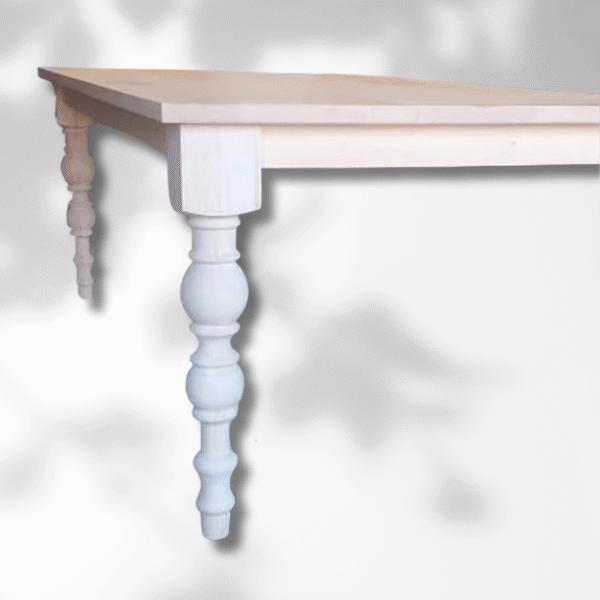












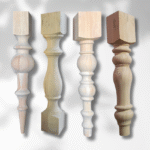

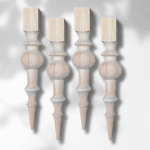
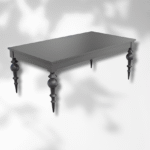
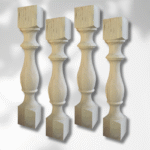
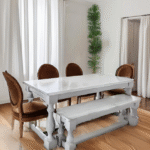
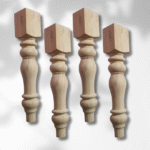
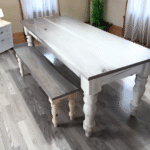
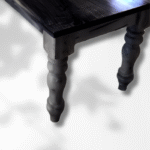
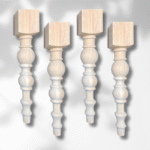
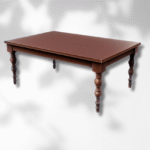
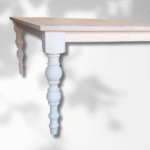
Sets of 4 DIY Redwood Table Legs, Turned Dining Table, Bar Table or Desk Legs
Painted furniture has become increasingly popular among DIY enthusiasts and interior decorators alike for various compelling reasons. One of the primary advantages of painting wood furniture is the level of customization it offers. Unlike traditional refinishing methods that may require stripping or sanding, painting allows for a broad spectrum of options in terms of color and finish. This flexibility enables individuals to create stunning painted furniture that aligns perfectly with their personal aesthetic and existing decor.
Additionally, one of the key reasons for choosing to paint wood furniture is the ability to refresh old or worn pieces. Furniture that may have lost its luster over time can be revitalized through a fresh coat of chalk paint or any suitable paint. This can transform dated pieces into fashionable centerpieces that attract attention in any living space. The simple yet effective process of painting can breathe new life into tired timber furniture, making it a viable and appealing option for home improvement projects.
Moreover, painting wood furniture provides an opportunity to increase the longevity of the piece. By applying a good-quality paint, one establishes a barrier against scratches, stains, and other forms of wear. This protective layer can significantly extend the lifespan of the furniture, ensuring that it remains functional and beautiful for years to come. Such advantages contribute to the overall appeal of painted Moroccan furniture, which blends timeless style with modern resilience.
Lastly, the labor involved in painting is often less intensive than other refurbishment methods, such as stripping or staining. With easy application processes and quick drying times, many find that chalk paint furniture can be an approachable and fulfilling DIY project. Each of these factors contributes to the widespread popularity of painting wood furniture among enthusiasts looking for economical yet effective ways to upgrade their home decor.
Moroccan Painted “Beige- Genger” Nightstand Table/ Cream End Andalusian Style.
Painted Moroccan Octagon End Table “Green – Avocado”/ Andalusian Style.
Painted Moroccan Octagon End Table “Red-Red Apple”/ Andalusian Style.
Painted Moroccan Octagon End Table “Blue-Blue Berry”/ Andalusian Style.
Painted Moroccan Octagon End Table/ Andalusian Style.
4 Flavor Variants Painted Moroccan Octagon End Table/ Andalusian Style.
3 Flavor Variants Moroccan Painted Basse Table/ Andalusian Style.
Moroccan Table Basse Painted Red / Andalusian Style.
Moroccan Table Basse Painted Blue / Andalusian Style.
Choosing the Right Paint for Wood
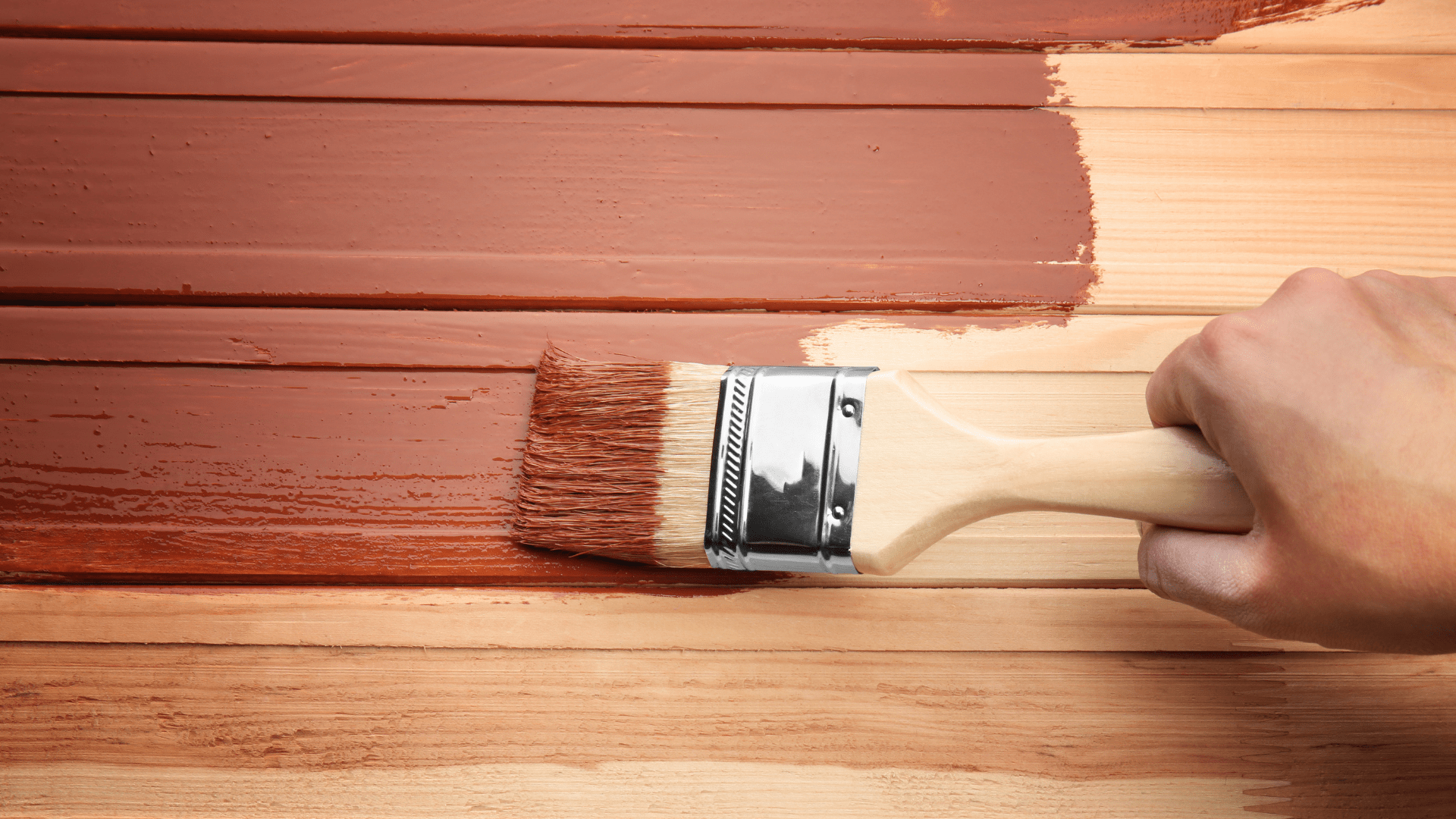
When it comes to how to paint wood furniture, selecting the appropriate type of paint is crucial for achieving a desirable finish and longevity. Several types of paint are available, each with distinct characteristics, advantages, and ideal applications for painted furniture. Understanding these differences will help you make informed choices tailored to your artistic visions.
Latex paint is a water-based option that is often favored for its ease of use, quick drying time, and low odor. It cleans up easily with soap and water, making it ideal for DIY enthusiasts. Latex paint tends to flex with the wood, which helps minimize chipping and cracking over time. Additionally, it is available in various finishes, including matte, satin, and gloss. This versatility allows painters to achieve different aesthetics for painted timber furniture.
Oil-based paint is another strong contender in the world of wood furniture painting. Known for its durability and smooth finish, oil-based paint is ideal for high-traffic furniture or pieces exposed to wear and tear. However, it requires a longer drying time and has a strong solvent odor, necessitating good ventilation during application. The rich finish often appeals to those aiming for a classic look in painted Moroccan furniture.
Chalk paint is popular among those looking for a vintage or rustic appearance. Its matte finish and chalky texture are well-suited for achieving an aged look, while it adheres well without extensive surface preparation. This type of paint is perfect for creating unique pieces of painted furniture with depth and character.
Spray paint presents a fast and efficient application method, particularly suited for intricate designs and hard-to-reach areas. When selecting spray paint, it is crucial to ensure it is formulated for wood surfaces for optimal adhesion and finish quality.
Ultimately, your choice of paint for wood furniture will impact not only the appearance but also the durability and overall aesthetic of the piece. By carefully considering the characteristics of each paint type, you can confidently embark on your furniture painting project.
Essential Tools and Materials for Painting

When embarking on a project to learn how to paint wood furniture, having the right tools and materials at your disposal is crucial to achieving optimal results. Here, we have compiled a comprehensive list of essential items necessary for painting wood furniture whose elegance can be enhanced through careful preparation.
First and foremost, sandpaper is a critical tool to prepare the surface of the furniture. It helps remove imperfections, old finishes, and rough areas that could interfere with the adhesion of the new paint. Fine-grit sandpaper (220 grit) is ideal for smoothing surfaces after the initial rough sanding. Following sanding, a primer is recommended as this provides an excellent base for the paint, ensuring better adherence and even color. Paint primers for wood surfaces are available in various types, including oil-based and water-based options.
Next, selecting the appropriate paint is vital. For painted timber furniture, chalk paint furniture is a popular choice among DIY enthusiasts due to its matte finish and ease of application. It provides a vintage appearance and can be distressed for a classic look. When using chalk paint, soft-bristle brushes or foam rollers are recommended for a smooth application. These tools help in applying the paint uniformly, avoiding streaks and lines.
Other essential materials include drop cloths, which protect your work area from spills and splatters, and painter’s tape for clean edges. Additionally, a paint tray and an old rag are handy for managing excess paint on brushes. Applying these essential tools effectively will greatly enhance any painted furniture project, ensuring the final outcome is as stunning as envisioned.
By gathering these materials beforehand, you will streamline the process of learning how to paint wood furniture, ultimately leading to beautifully painted moroccan furniture or transformed pieces in your collection.
Preparing Your Furniture for Painting
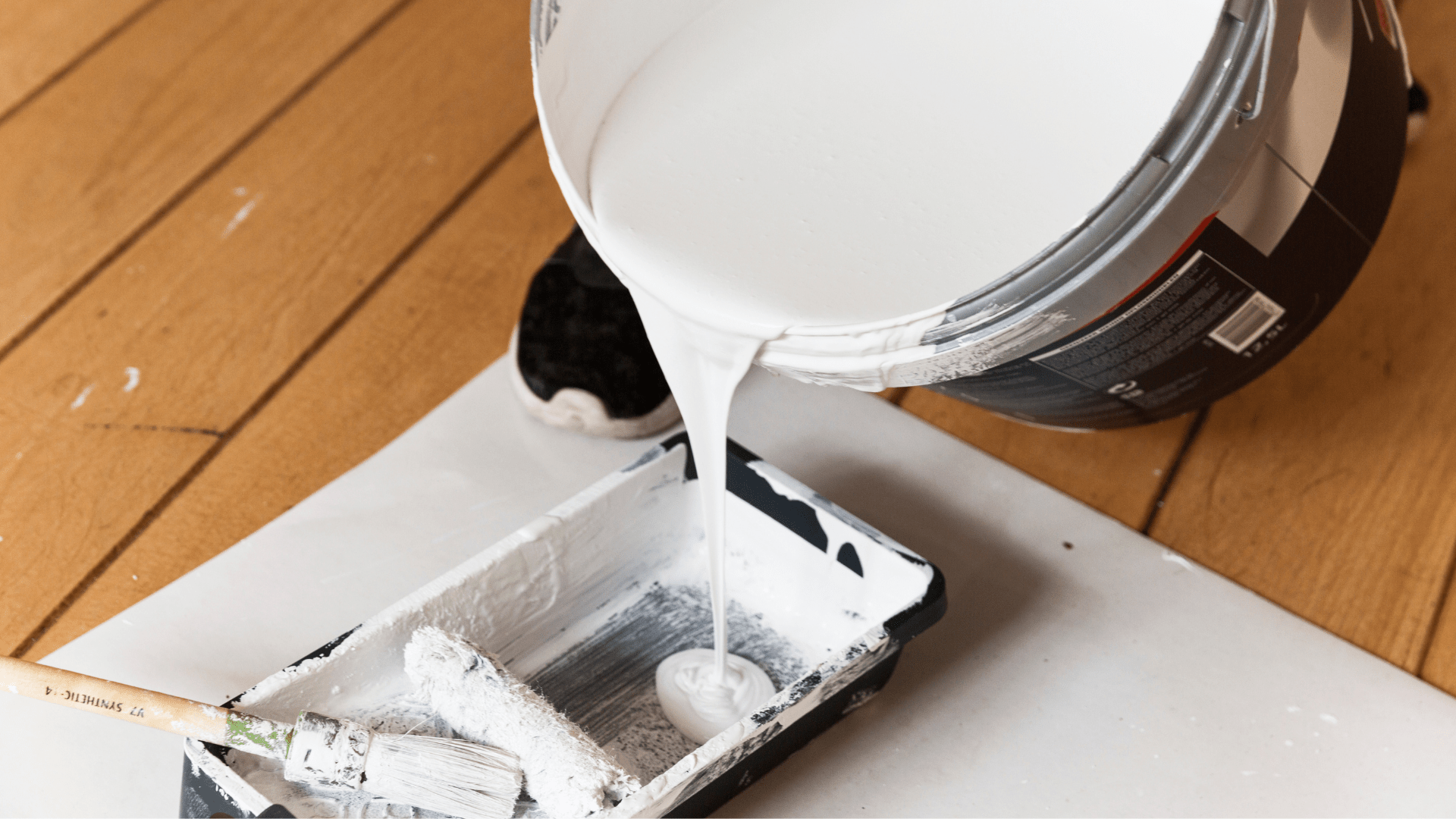
Before embarking on the exciting journey of how to paint wood furniture, it is essential to focus on the preparation stage, which plays a critical role in achieving stunning results. The quality of the finish often hinges on proper cleaning, sanding, and priming of the furniture. Failing to give your furniture the necessary care during this stage can lead to unsatisfactory outcomes.
Start by cleaning the surface of the wood thoroughly. Depending on the existing finish, use a damp cloth or sponge with a mild detergent to remove dirt, grease, or old finishes. For painted furniture, consider using a stronger solution, such as a degreaser, to ensure all residues are cleared away. If the furniture has been previously painted, any remaining bits of flaking paint must be removed to create a smooth base for the new coat. Additionally, don’t forget to allow the wood to dry completely after washing to avoid any moisture problems during painting.
Once the furniture is clean, the next step involves sanding the wood. Sanding not only removes imperfections but also helps create a texture that allows the new paint to adhere more effectively. For initial sanding, opt for coarse-grit sandpaper (80-120 grit) to strip away any old finish or unevenness, but be sure to finish with a finer grit (220 grit) for a smooth surface. Sand along the grain of the wood to prevent scratches when working on painted furniture. When dealing with intricate details or corners, consider using a sanding sponge or specialized sanding tools to ensure comprehensive coverage.
After sanding, it is crucial to apply a primer appropriate for your furniture type. The primer oversees locking in the wood’s natural properties while ensuring that the top coat of paint binds well. A good primer can make a substantial difference, especially with projects involving chalk paint furniture or painted Moroccan furniture, as it enhances the final appearance and durability of the painted finish. In conclusion, thorough preparation of your wood furniture sets the foundation for a beautiful transformation into painted timber furniture, and following these steps will help ensure a successful outcome.
6-legged Moroccan Carved Coffee Table Round/ Dark Brown / Amazigh style.
Solid Wood Round Coffee Table / Dark Brown / Amazigh Style.
Moroccan Wall Carved Panel/ Floral motif / Andalusian Style.
Seller
Moroccan Wall Carved Panel/ Floral motif / Andalusian Style.
Moroccan Hand Carved Dinning Table/ Geometric Lining design / Andalusian style
Step-by-Step Painting Instructions

Applying paint to wood furniture is a transformative process that can breathe new life into old pieces and elevate the overall aesthetic of any room. To achieve the best results when painting wood furniture, consider following these detailed steps.
Begin by preparing the furniture adequately. This involves cleaning the surface to remove any dirt or grease, followed by sanding to ensure proper adhesion of the paint. If you’re using chalk paint furniture, remember that it adheres well to most surfaces, but a smooth finish is essential for avoiding imperfections. After sanding, wipe the furniture down with a damp cloth to remove dust particles.
The next step is to apply a primer. Using a quality primer is crucial as it seals the wood and prepares it for painting. Ensure it is applied evenly and allow it to dry according to the manufacturer’s instructions. A primer is particularly important if you are working with darker woods or for painted Moroccan furniture, ensuring that colors stay true and vibrant.
Once the primer has dried, it’s time to apply the first coat of your chosen paint. For painted timber furniture, using a brush or a roller will depend on the finish you desire. Chalk paint offers versatility, and you may find that a brush helps to create a more textured look. Always paint in the direction of the wood grain for a flawless finish. Allow sufficient drying time before applying a second coat, as multiple coats are essential to achieve a solid color and cover imperfections.
After the desired number of coats has been applied, let the last coat dry thoroughly. To finish, consider sealing the painted furniture with a clear protective finish to increase durability, especially for pieces exposed to daily use. Following these steps will help you master the art of how to paint wood furniture effectively, resulting in beautifully painted furniture that showcases your style and creativity.
Tips for a Smooth Finish and Long-Lasting Results

Achieving a flawless finish when painting wood furniture requires careful preparation, technique, and patience. The type of paint you choose is essential; for instance, chalk paint furniture is popular due to its matte finish and ease of use. However, regardless of the paint type selected, proper application techniques are critical to ensure the durability and aesthetic appeal of the finished piece.
First and foremost, always start with proper surface preparation. Sanding the wood furniture not only provides a smooth base but also allows the paint to adhere better. Be certain to clean the surface thoroughly to remove any dust or grease before starting the painting process. Using a primer can significantly enhance the final result, especially when painting over darker wood or transitioning to a lighter shade.
When it comes to applying paint, the right tools can make all the difference. A high-quality brush or foam roller can produce a more uniform finish. Employing long, even strokes will help minimize the appearance of brush marks, while avoiding excessive pressure on the brush prevents the paint from lifting or creating bubbles. For optimal results, it is advisable to apply multiple thin coats rather than one thick layer. This method not only leads to a smoother overall finish but also reduces the likelihood of runs and drips that can mar the surface of your painted furniture.
Paying attention to curing time is also critical. Allowing the painted furniture ample time to cure ensures that it achieves the desired hardness and durability. A minimum of 24 hours between coats, and several days before heavy use, will greatly extend the life of the paint, especially for painted moroccan furniture or pieces that may see higher traffic. Additionally, protect the finished item from moisture and prolonged sunlight exposure during the curing process as these factors can affect the final outcome.
Implementing these expert tips can make a substantial difference in your painting project. By prioritizing technique and care, you can truly enhance the beauty and longevity of your painted timber furniture.
Creative Ideas for Finishing Touches
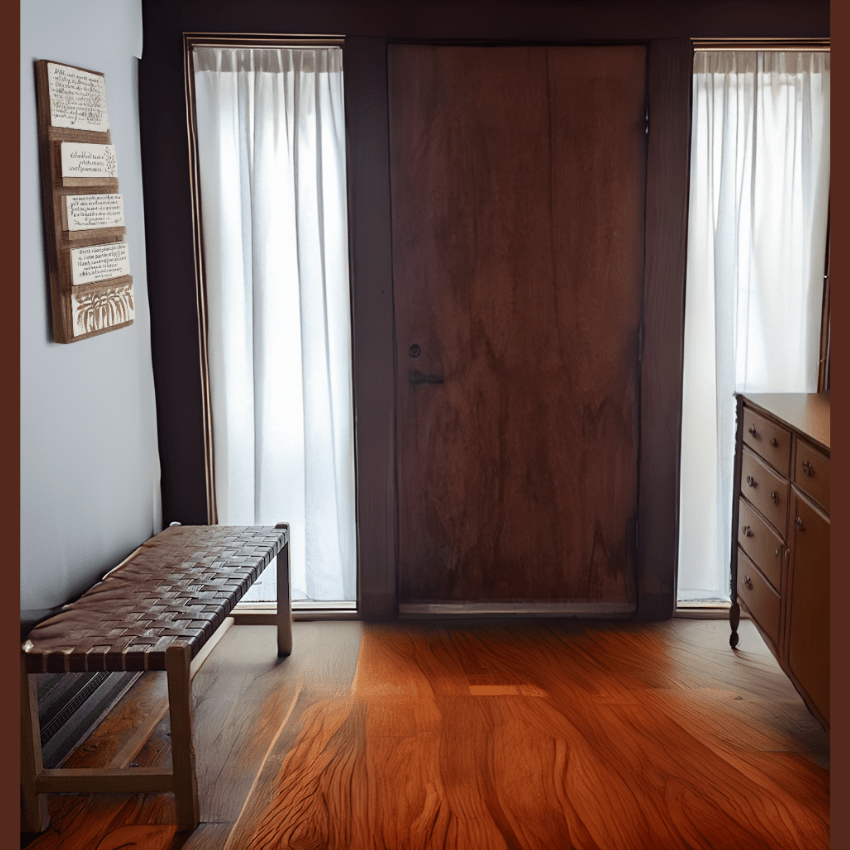
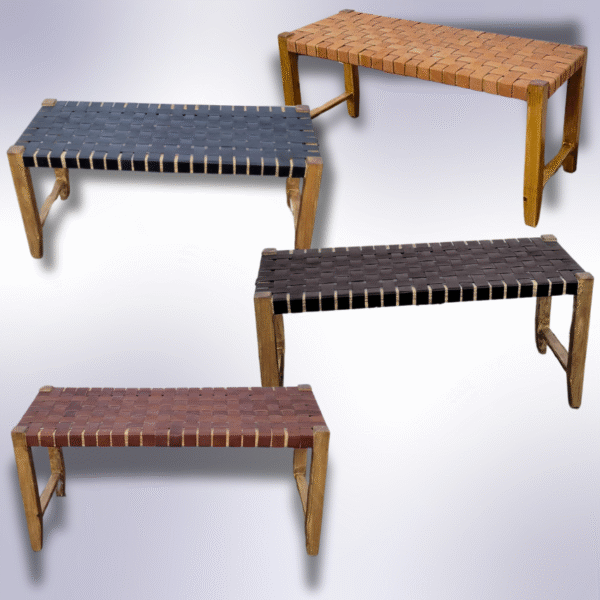
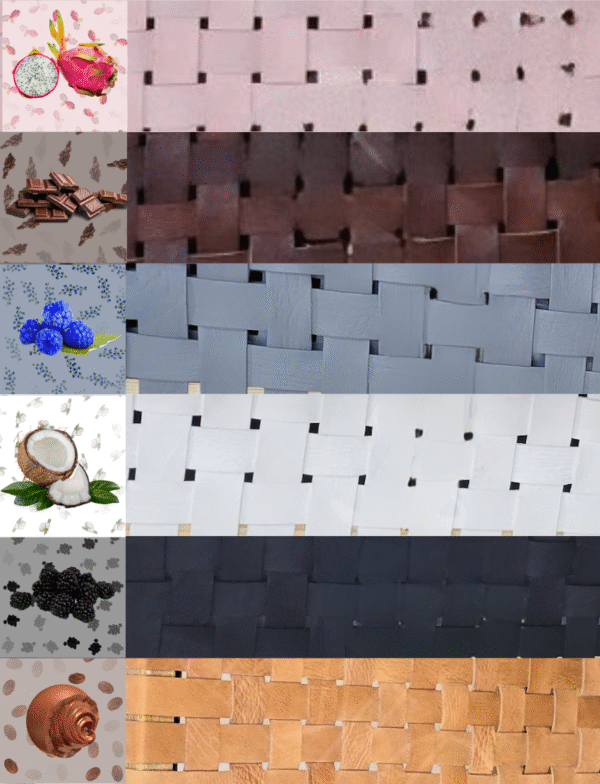
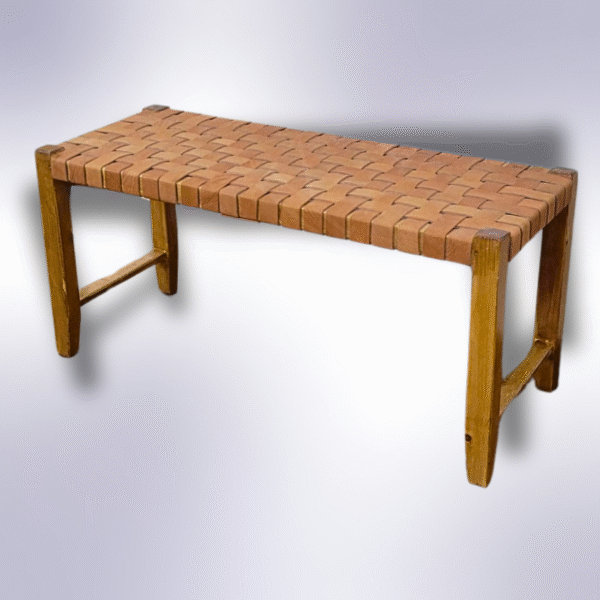
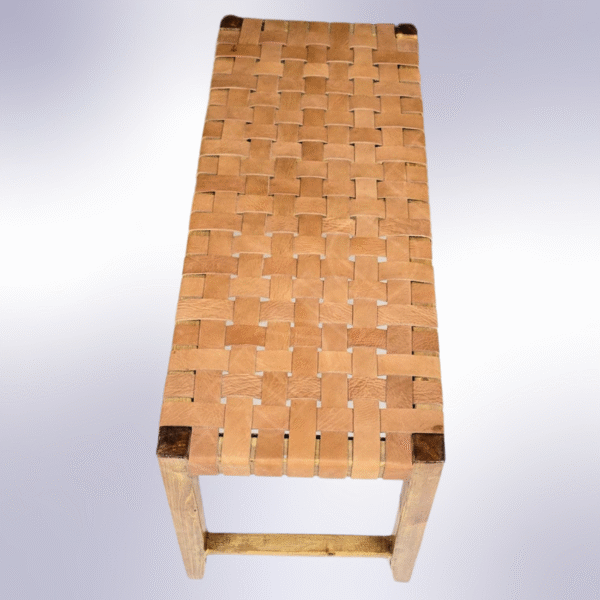
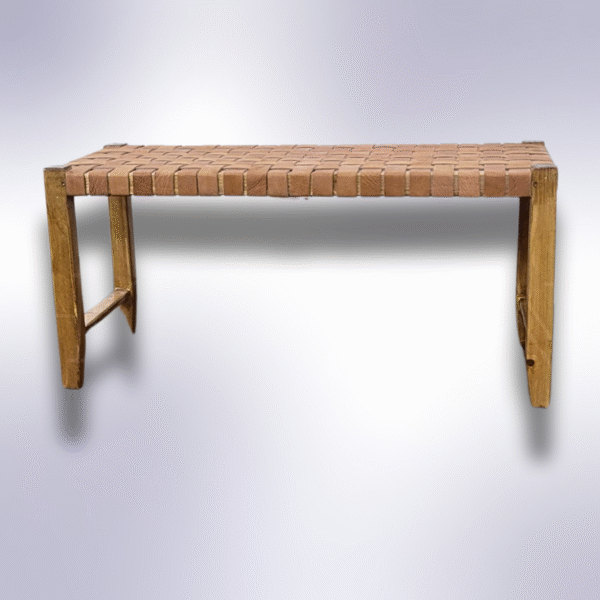
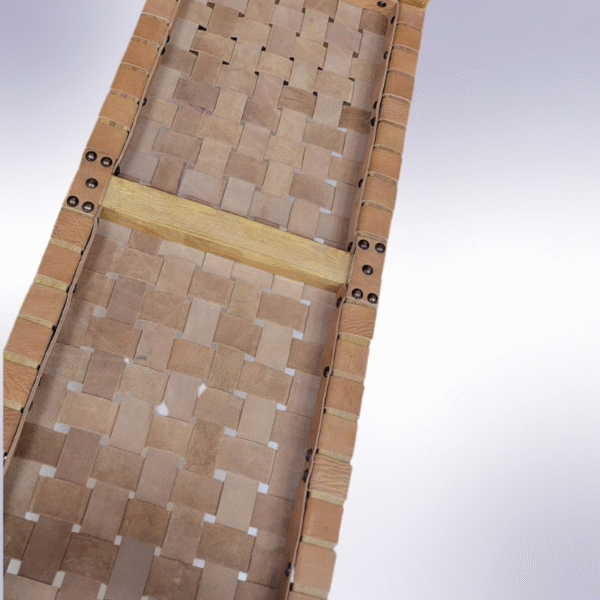
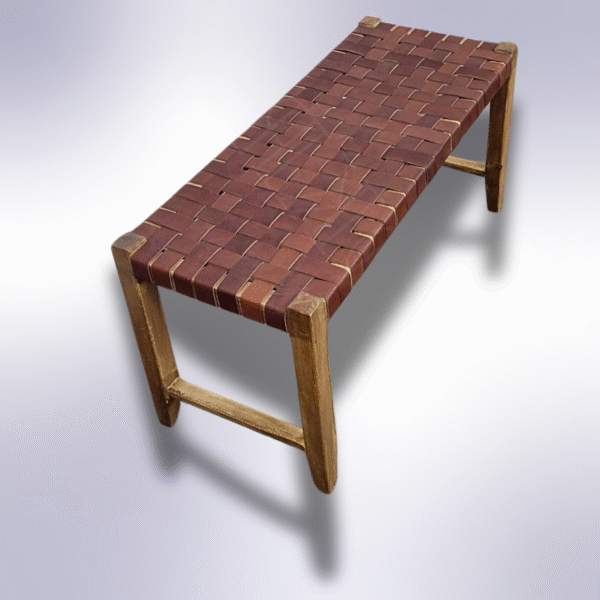
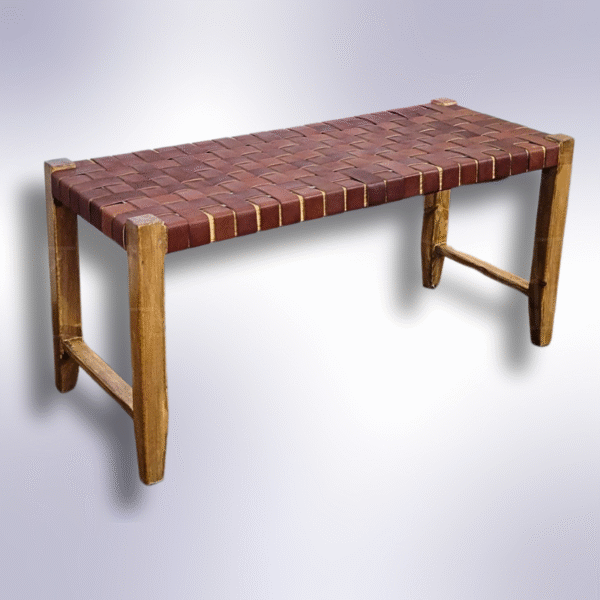
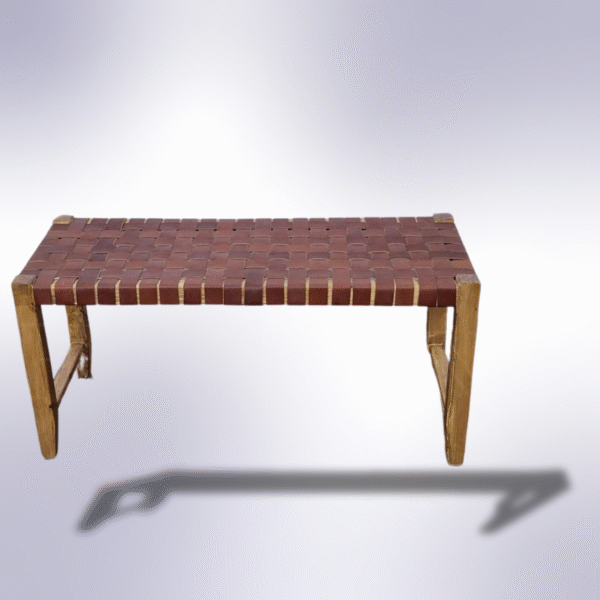
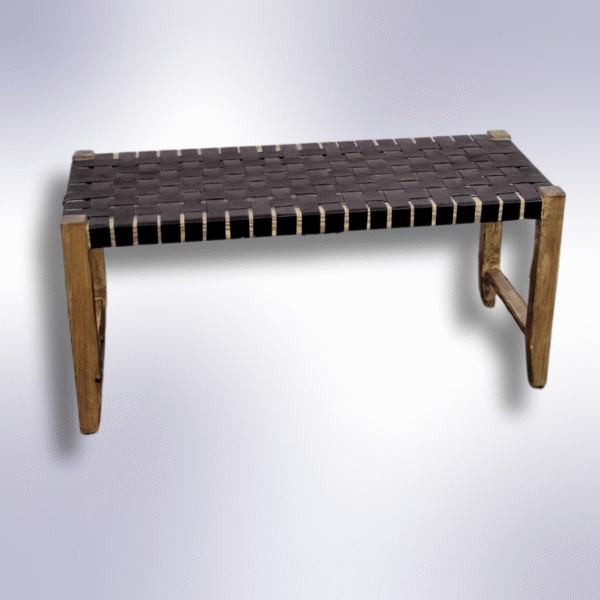

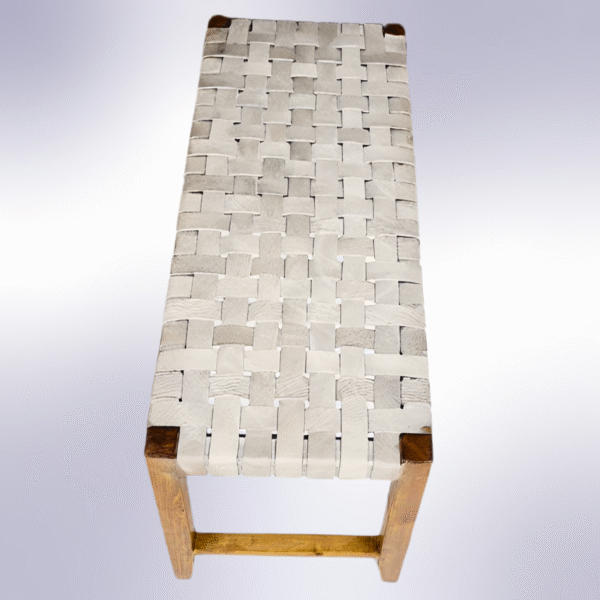
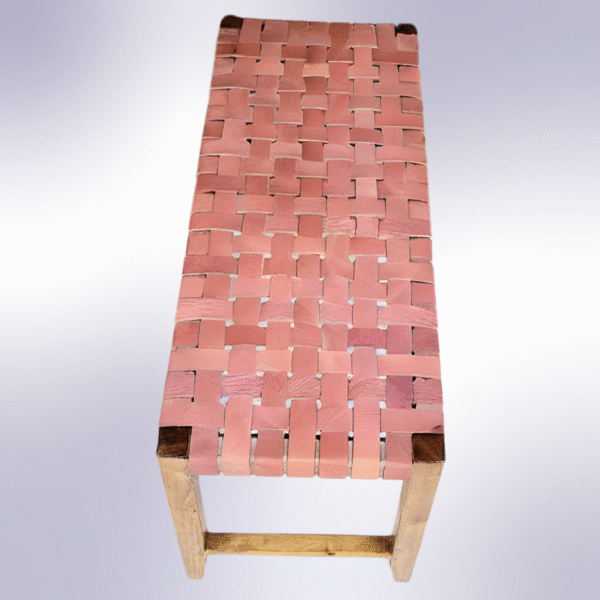














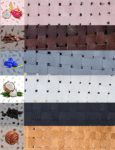
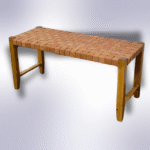
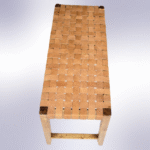
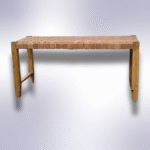
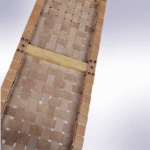

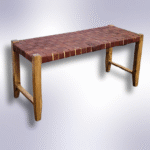
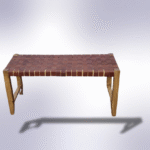
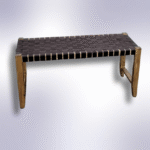
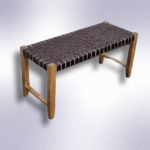
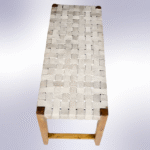
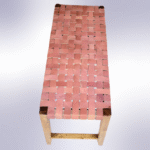
6 Flavor Variants Leather Entryway Chair
When considering how to paint wood furniture, the final touches can significantly influence the overall appearance of your project. Selecting the right finish is crucial in achieving the desired aesthetic. The two primary options to contemplate are matte and gloss finishes. A matte finish provides a velvety, non-reflective surface that can exude a subtle elegance, making it suitable for those who prefer a more understated look. On the other hand, a gloss finish offers a shiny, vibrant appearance that can brighten up a room, and is particularly effective for highlighting intricate details in painted furniture.
Additionally, applying techniques such as distressing can add character and charm to your painted timber furniture. This method mimics years of wear and tear, creating a vintage or shabby chic aesthetic. By sanding the edges or applying a glaze on your chalk paint furniture, you can enhance surface textures and make the colors pop. Distressed finishes are especially popular in painted Moroccan furniture, where the combination of texture and color can evoke rich cultural themes.
For a contemporary flair, consider experimenting with color blocking. This technique incorporates bold, contrasting colors to create a modern statement piece. By selecting two or three complementary colors, you can design an eye-catching piece that stands out in any space. These modern finishes are not limited to large furniture items; they can also be applied to smaller accents, like side tables and leather accent chairs, ensuring that your entire decor resonates with a cohesive theme.
Finally, incorporating accessories such as decorative knobs or handles can serve as stunning finishing touches. When paired with your freshly painted furniture, these details enhance not only functionality but also reinforce the overall design. As you explore these creative ideas, feel free to let your personal style shine through, embracing the joy of transforming ordinary wood furniture into extraordinary pieces of art.
FAQs about
Painting Wood Furniture
Painting wood furniture can be a rewarding endeavor; however, beginners often have many questions regarding the process. Below are some common inquiries related to painting furniture, from troubleshooting problems to maintenance tips for your newly finished pieces.
Yes, you can paint over stained or varnished surfaces, but preparation is essential for optimal results. First, clean the furniture thoroughly to remove any dust or grease. Next, lightly sand the surface to create an ideal grip for the paint. Finally, consider using a primer that is suitable for smooth surfaces to ensure better adhesion and color accuracy.
The best paint for wood furniture often depends on the desired finish. Chalk paint furniture offers a matte finish and requires less preparation, making it a popular choice among DIY enthusiasts. Alternatively, latex paints can provide durability and a wide range of colors. For a glossy finish, consider using oil-based paint. Each option has its advantages, so choose one that aligns with your vision for the painted timber furniture.
Maintaining painted furniture involves a few simple steps. Regular dusting with a soft cloth will help avoid scratches and preserve the finish. For cleaning, use a damp cloth with mild soap and water, but avoid soaking the painted surface. To protect your painted moroccan furniture from fading, consider placing it away from direct sunlight and using coasters to prevent scratches and damage.
If you notice chipping or peeling in your painted furniture, it may be due to insufficient prep work or a lack of adhesion. To rectify this, sand the affected area, clean it, and reapply primer and paint as necessary. Proper preparation can prevent such issues in future DIY projects.
Hot This Week
Explore our collection
Octagonal Moroccan Carved Table/ Andalusian Style
Moroccan Hand Carved Dinning Table/ Geometric Lining design / Andalusian style
Moroccan Carved Table /Floral motif/ Andalusian style.
Set of 3 Moroccan Brass Coffee Tables/ Andalusian Style.
Moroccan Wall Carved Panel/ Floral motif / Andalusian Style.
Post Categories
- All
- Carving & Painting Techniques
- Cultural Travel in Morocco
- Culture and Society
- Handicrafts & Techniques
- Home Improvement
- Interior Design Inspiration
- Leather & Tannery Traditions
- Moroccan Coffee Tables
- Moroccan Furniture
- Places to Visit
- Travel
- Zellige Tile & Mosaic

